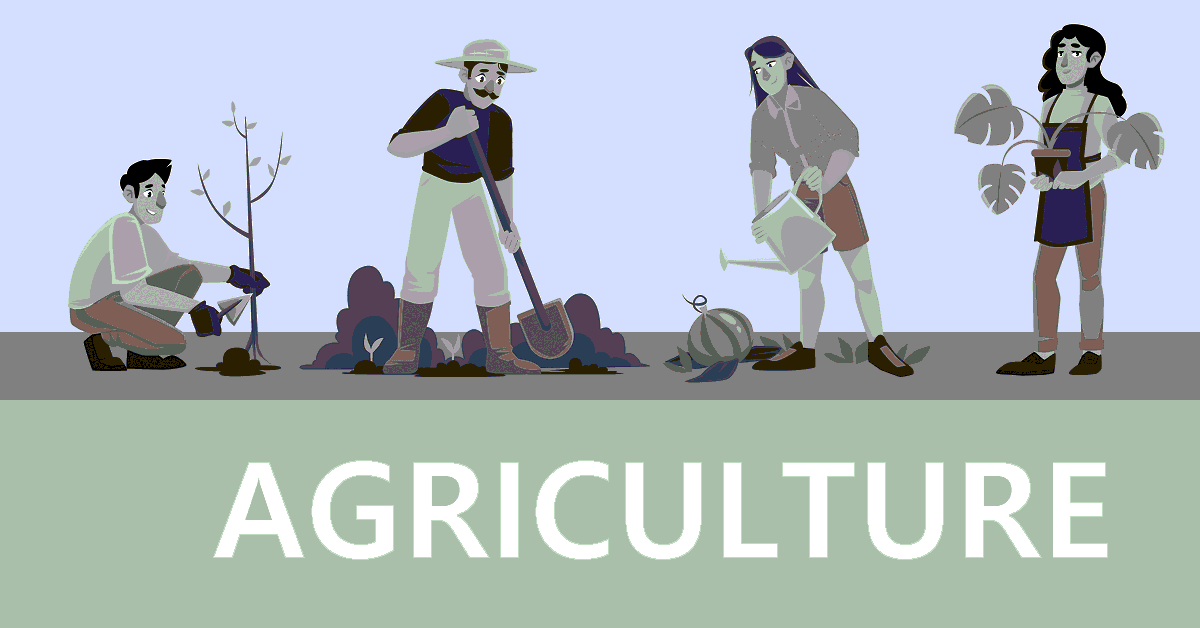
The Australian agriculture industry is a vital sector of the country's economy, employing over 300,000 people and contributing over $60 billion to the national GDP. Despite its importance, the industry has faced a number of challenges in recent years, including drought, climate change, and economic difficulties. This article aims to provide a comprehensive analysis of the current state of the industry and its challenges, as well as the structural changes taking place in response to these challenges.
Overview of the Current State of the Australian Agriculture Industry:
The Australian agriculture industry is a diverse sector, encompassing a range of different farming practices, from traditional grain and livestock production to more specialized activities such as horticulture and aquaculture. In recent years, the industry has faced a number of significant challenges, including drought, climate change, and economic difficulties. Despite these challenges, the industry remains an important part of the national economy and continues to grow and evolve in response to changing market demands and consumer preferences.
Crises Facing the Australian Agriculture Industry:
The Australian agriculture industry has faced a number of significant challenges in recent years, including drought, climate change, and economic difficulties. The drought has had a major impact on the industry, reducing the availability of water for irrigation and affecting crop yields. Climate change has also been a major challenge, with increasing temperatures and changing weather patterns affecting crop production and livestock health. In addition, the industry has faced a number of economic challenges, including declining commodity prices and increased competition from overseas producers.
Impact of Crises on the Industry and Farmers:
The impact of these crises on the industry has been significant, with many farmers facing reduced yields and lower profits. The drought has had a major impact on the availability of water for irrigation, leading to reduced crop yields and increased costs for farmers. Climate change has also affected the industry, with rising temperatures and changing weather patterns affecting crop production and livestock health. The economic challenges faced by the industry have also had a major impact, with declining commodity prices and increased competition from overseas producers reducing the profitability of many farms.
Structural Changes in the Industry:
In response to these challenges, the Australian agriculture industry is undergoing a period of structural change, with many farmers adopting new technologies, innovative practices, and more sustainable farming methods. This includes the use of precision agriculture, which uses advanced technologies to optimize crop yields and reduce the environmental impact of farming. Other changes include the adoption of new cropping systems, such as regenerative agriculture, which seeks to build soil health and increase biodiversity on farms.
Role of Agricultural Innovation and Farming Sustainability:
Agricultural innovation and farming sustainability are key factors shaping the future of the Australian agriculture industry. Innovations such as precision agriculture and regenerative agriculture are helping farmers to increase yields, reduce costs, and improve the sustainability of their operations. In addition, many farmers are adopting more sustainable farming practices, such as using renewable energy sources and reducing chemical inputs, in order to reduce their environmental impact and improve the health of the land.
Current Initiatives and Programs:
There are a number of initiatives and programs aimed at supporting and transforming the Australian agriculture industry, including government grants and funding for research and development, as well as industry-led initiatives aimed at improving the competitiveness and sustainability of the sector. These initiatives are helping to drive innovation and sustainability in the industry and position it for future growth and success.
Future Prospects and Challenges:
Despite the challenges faced by the Australian agriculture industry, its future prospects are positive, with many experts predicting continued growth and innovation in the sector. However, the industry will continue to face significant challenges, including the impact of climate change, competition from overseas producers, and changing consumer preferences. In order to succeed in the future, the industry will need to embrace innovation and sustainability practices that not only help it to remain competitive but also help to mitigate the impacts of climate change and improve the long-term health and viability of the sector.
One promising example of innovation and sustainability in the industry is precision agriculture, which uses technology such as sensors, GPS, and drones to gather data about crops, soil conditions, and weather patterns. This data is then used to optimize crop management, reduce waste, and increase yields. This type of technology has already been successfully implemented in many Australian farms, leading to improved efficiency and profitability.
Another key area for innovation and sustainability in the industry is in the development of alternative protein sources, such as plant-based products and insects. With growing consumer concern about the environmental impact of traditional livestock farming, alternative protein sources offer a potential solution that is both environmentally friendly and economically viable. In Australia, there has already been significant investment in this area, with many companies and organizations working to develop new products and bring them to market.
The role of government in supporting and transforming the industry will also be crucial in the years ahead. In recent years, the Australian government has made significant investments in the industry, including funding for research and development, support for farmers affected by drought, and the implementation of policies aimed at reducing greenhouse gas emissions. These initiatives have helped to create a supportive environment for innovation and sustainability in the industry, and further investment and support will be needed in the years ahead to ensure the continued success of the sector.
Conclusion
In conclusion, the Australian agriculture industry faces significant challenges, including drought, climate change, and economic difficulties. However, these challenges also present opportunities for innovation and transformation, and the industry is responding with a range of initiatives aimed at ensuring its continued growth and viability. The role of government, industry organizations, and individual farmers will be crucial in shaping the future of the industry and its prospects, and with continued investment and support, the future of the sector looks bright.
Agricultural Science




